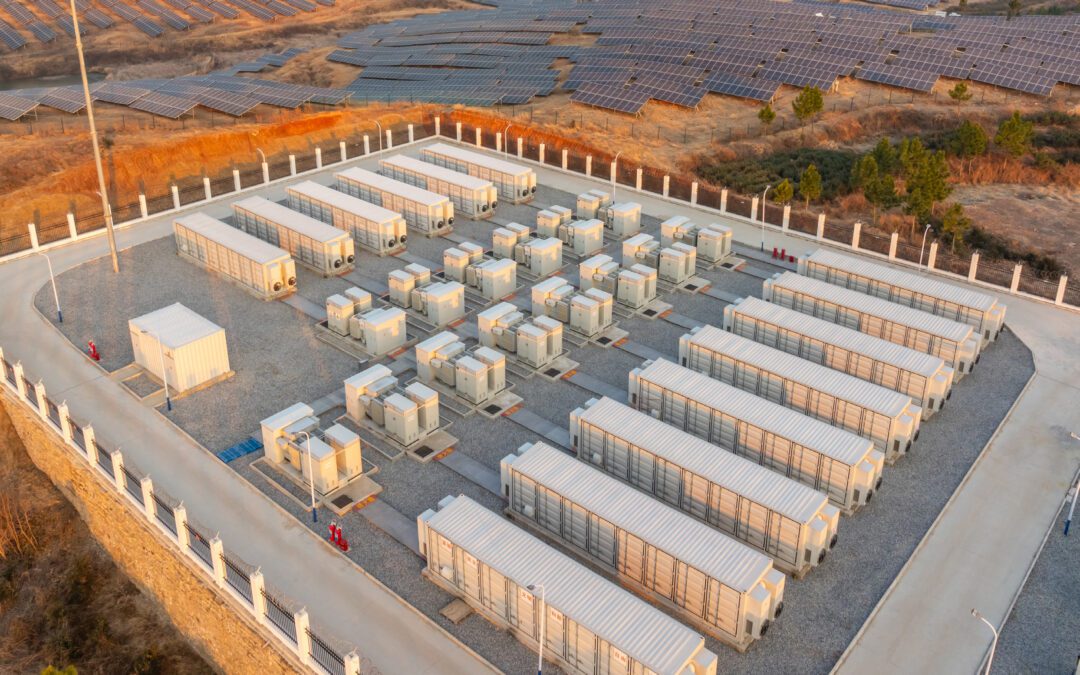Featured in Reuters Events
Excerpt from the Article:
Industry action
Last year, Renewable Guard launched a “parametric” hail insurance policy that is triggered when an event exceeds agreed thresholds, such as hailstones larger than two inches in diameter.
Hail size is measured by an independent weather data provider using advanced 3D radar, an onsite hail station, and a series of algorithms.
The policy includes the supply of real-time weather monitoring to warn operators and allow them to stow the panels in a more protected vertical position, Cosgrave said.
However, hail can be difficult to predict and operators can face a trade-off between wind and hail damage when repositioning the modules.
Some manufactures have developed a passive wind-load mitigation system that automatically rotates modules to the safest position, locking the vulnerable modules in the full-tilt angle, Cosgrave said. Other design improvements include more robust tracking fasteners and framed modules to better distribute load during wind windy spells.
Many larger solar operators are already using advanced weather forecasting systems to mitigate solar intermittency. Cloud cameras and analytics are helping operators optimise downtime and reduce their exposure to swings in wholesale power prices.











